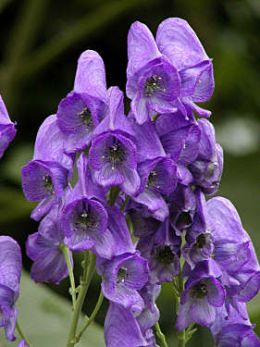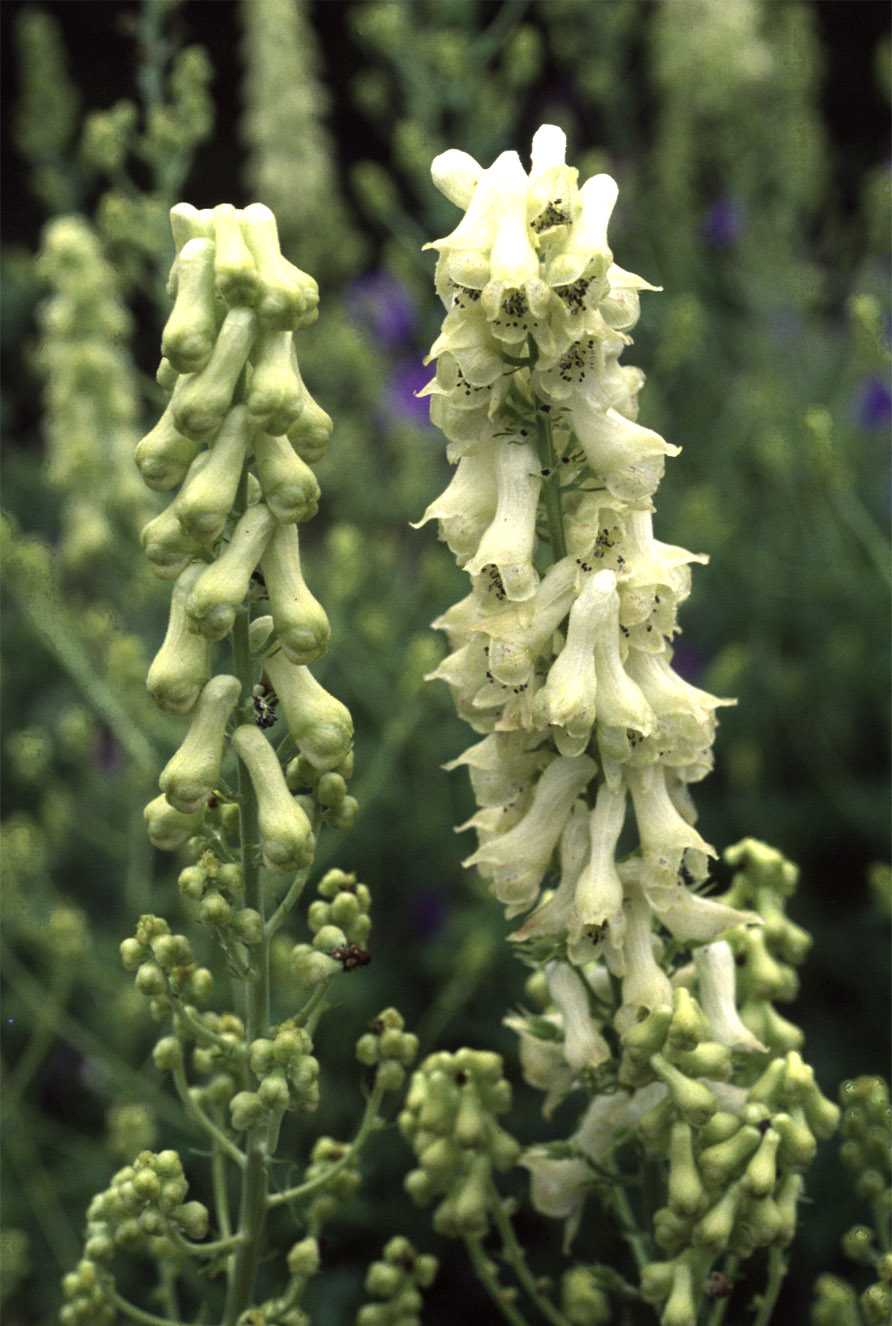

This lasts five or six days, before the organs wither and then the female organs are accessible to pollen. The Aconitum flowers open with a male phase to provide pollen. In contrast to previous studies that examined only one aspect of plant–pollinator interactions (toxicity, robbing, signals, etc.), we combined observations in natural populations (pollinator behaviour) with experimental approaches (detection of toxic compounds) and fine chemical analyses of signals and rewards.” lusitanicum Rouy (Common monkshood, Ranunculaceae). “We examined reproductive fitness in male- and female-phase flowers in the protandrous hermaphrodite Aconitum napellus spp. “Studies that examine the balance between pollinator attraction (signals) and rewards as a function of dichogamous sexual phase are rare, as are studies that focus on male reproductive success in toxic plant species,” wrote the authors in Scientific Reports. So if insects don’t want to be near the pollen, how can it attract pollinators? It’s a puzzle that has interested A.-L. It protects its pollen with a chemical cocktail that will harm insects that eat a lot if it. Aconitum is also a toxic plant, if you eat the wrong part.

For the male phase, the task is to attract pollinators and protect the pollen to maximise delivery to female phase flowers. Aconitum is a dichogamous plant, its flowers have a male and female phase. In addition, any pollen the insects take for food is pollen that cannot fertilise another flower.

It’s no simple task for the plants to produce the pollen and nectar. The idea that insects pollinate plants is well understood.


 0 kommentar(er)
0 kommentar(er)
